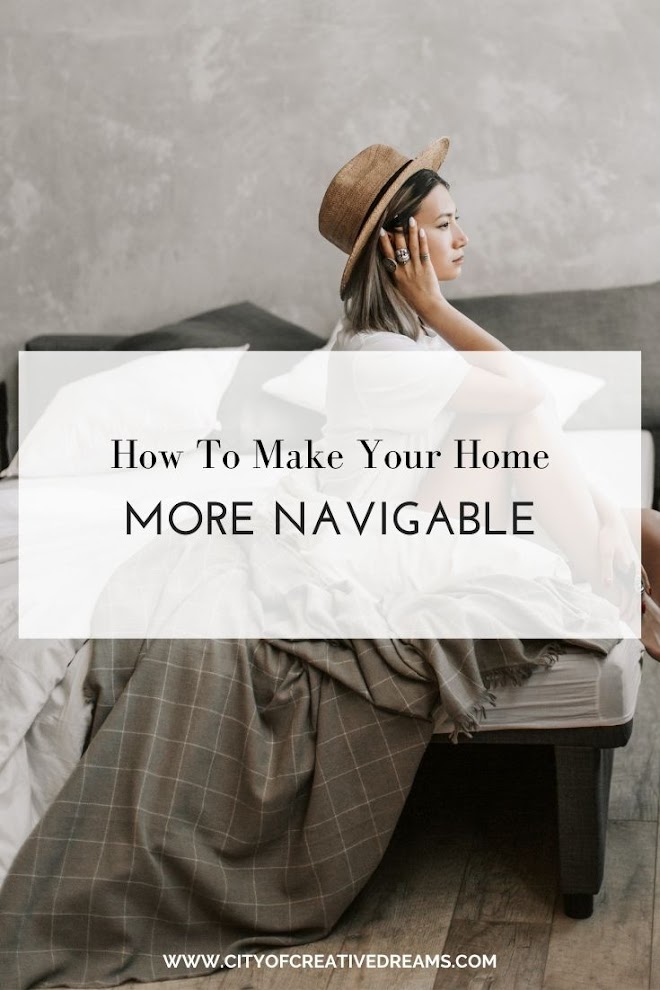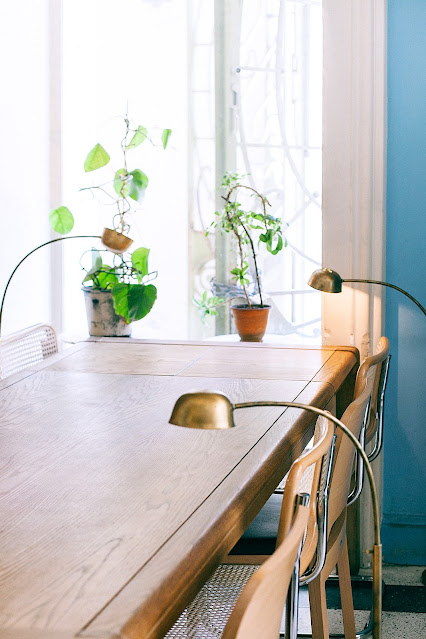
If you’re lucky enough to own a sizeable-enough home, it can be that without careful planning, your home is hard to navigate. This is especially true of period or older homes with character, because sometimes they may be conversions, or have unique design elements, or conform to the land surrounding their construction rather than flattening that beforehand as a matter of course.
For newcomers, guests, or your friend’s children coming over to play, it might be that a poorly navigable space can hamper their ability to find their way around. It may also be that such a design can prevent you from evacuating the household if necessary, such as in the event of a fire.
This is what many designers call ‘UX’, that is, how the ‘user experience’ of a space and its design contributes to the kinetic quality of feeling within it. This is a too-technical way of saying that when a home isn’t laid out with coherence, it can feel less comforting than it otherwise should.
In this post, we’ll discuss a few measures for achieving the best approach:
Furniture Orientation, Lanes & Hubs

It’s healthy to think of furniture orientation as it happens, and what that will do for the ‘lanes and hubs’ of navigable space in each room. For instance, the door leading into a room should always be free and clear, and allowing for walkable space to more easily move to each sofa or furnishing is also key. You shouldn’t have to climb over or reach over anything. This might mean removing the side tables of each sofa and simply using a coffee table, or it might mean angling a bed in the center of a room more easily.
Guided Paths
Guided paths can also make a tremendous difference when leading people around your home. If you’d prefer that deliveries are given to your side door, for instance, then a worthwhile concrete contractor able to lay a path and a small sign can be tremendously useful. Make sure that this space looks inviting and relevant for the best results. Over time, you will be able to suffer fewer mistakes or questions that may come otherwise. If you notice they’re cropping up more than you thought, changes can be appropriate.
Legibility In Design

It’s a good idea to think about how legible your home design is. A good way to think about this is considering the placement and orientation of your rooms. For instance, if you have to walk through a home office to get to the living room, or even a bathroom to get to the bedroom, then it might be your home layout and selection of rooms is not as logical as it could be.
This may help you decide to structure a home office on the second floor rather than the first floor, or deciding to place an en suite at another corner of the room, where your plumbing may be easier to renovate.
Conclusion
With this advice, you’ll understand how to make your home more navigable. We have no doubt it will continue to look fantastic from then on.
Related:
- Advantages of Updating the Floors in Your Home
- A Brief Guide to Buying Your First Home in Your Late 20s
- How To Take Your Home Décor to the Next Level





You’ve got some interesting insights here! It’s important to keep the home organized and tidy to promote navigability.
I couldn’t agree more! Thank you for your comment!